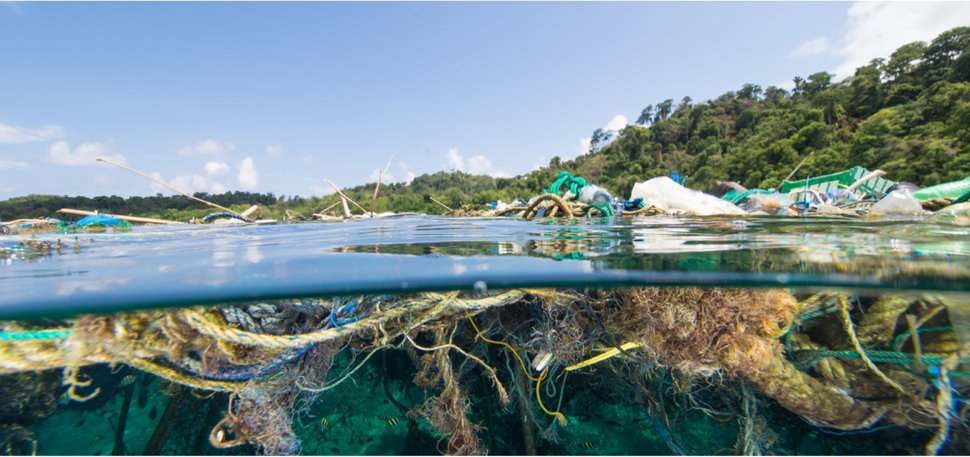Norad’s test balloon: separate funding for global public goods from aid
A new report from the Norwegian aid agency Norad calls for a re-thinking of Norway’s engagement in the funding of global public goods. The ambition should not be “to put aid into play”, but rather to seek complementary funding and tidy up conflicting goals so that aid becomes more strategic and effective.
Photo: High Level Panel for a Sustainable Ocean Economy
The starting point of the report, “Aid and global investments: What is the next step for development cooperation?”, is the huge proportion of Norwegian aid that is earmarked for global public goods: one-fifth of the total over the past six years. The figure peaked at 24 per cent in 2019. No other OECD donor spends more aid in this way than Norway.
The global public goods that Norway has focused on include fighting climate changing, stabilizing oceans, and the development of vaccines, all areas that have been key Norwegian political priorities during the last decade.
The primary purpose of development aid is to eradicate poverty and promote economic development in poor and middle-income countries. Written by Nikolai Hegertun, the report points out that while global public goods can overlap with these traditional aid priorities, they certainly benefit wealthy countries as well. It is therefore important to sort through this confusion.
The dynamics that drive effective aid and global goods investments can differ. Sometimes effective efforts to eradicate poverty do not consider “bigger” global issues. At others, global public goods can be delivered faster by putting money to work in countries that are not defined as recipients of Official Development Assistance (ODA). In other words, both aid and global public investments might become more effective if their mandates were less intertwined.
In the years to come, huge global investments will be needed to deal with the climate crisis and pandemic preparedness. At the same time, more than 100 million people have been pushed into poverty during the COVID-19 crisis. Both aid and global common goods need more funding. But to date, Norway has financed its global public goods initiatives by taking money from aid budgets. The report questions the wisdom of using aid to finance emission reductions that also benefit the rest of the world.
At several points in the international climate negotiations over the years, rich countries have promised additional funds to support poor countries. This has not happened. Instead, international climate funding has largely been integrated into the aid budgets.
Moreover, donors have watered down the definition of ODA to allow more global public goods to be reported as aid within areas like global health, domestic refugee costs and security. Norway has been an active player in this process, even pushing for its nuclear disarmament efforts to be reported as aid, as Development Today has reported.
The Norad report highlights that the practice of drawing on aid to finance global challenges will not suffice. Norway now provides one per cent of Gross National Income (GNI) as aid.
Over the years, global goods have “quietly” been integrated into aid, Hegertun writes, and this has caused fragmentation. Agenda 2030 has broadened the global agenda even more. The report warns that if this trend continues, it will likely make aid less effective. And in the fight over funds, least developed countries may well lose out. He warns that the “practice of tapping aid budgets” will not generate sufficient resources to fund global public goods in the years to come.
Another consideration is that since global health efforts are basically funded by aid only, other important common goods, which cannot be funded by aid, lack financing.
Both aid and global common goods risk becoming “vague and abstract references” in an increasingly complicated development agenda, where the borders between the solidarity origins of aid and donors’ own interests become completely blurred.
Although not pinpointed in the report, Norway’s NOK 35 billion rainforest program could serve as an example. The oil nation Norway offered to pay countries like Brazil, Indonesia and Guyana for reducing deforestation and keep the forest as important carbon sinks. At the same time, Norway expanded its own oil production, tapping carbon from under the seabed.
For Norway’s part, the practice of financing global public goods from the aid budget escalated when a red-green government took office in 2005. It began with massive funding of vertical global health initiatives, like the vaccine alliance GAVI. A few years later followed the rainforest initiative. These have been continued by Conservative-led governments since the fall of 2013.
Since OECD does not have solid statistics on how much global public goods are financed by aid annually, Norad has used methodology developed by Development Initiatives. It focuses exclusively on earmarked aid. As such, for 2020, Norwegian aid for global public goods amounted to NOK 6 billion. The real figure is much higher because core funding to agencies is not included. Moreover, it does not include funding for Gavi, the Global Fund, the Global Environment Facility and the Green Climate Fund, which received a total of NOK 3 billion in Norwegian aid funding last year. The report notes that it is debatable as to whether these initiatives count as global public goods.

